Green Pepper Spice: The Zesty Secret Behind Flavor-Packed Dishes
Table of Contents
- Introduction to Green Pepper Spice
- The Origins of Green Pepper Spice
- How Is It Different From Black and White Peppercorns?
- Creative Ways to Use Green Pepper Spice in Your Kitchen
- Pro Tips for Cooking with Green Peppercorns
- What Flavors Go Best With Green Pepper?
- Buying and Storing Green Pepper Spice Like a Pro
- Health Benefits You Never Knew About
- Conclusion: Why Every Kitchen Should Have Green Pepper Spice
Introduction to Green Pepper Spice
Ever found yourself craving that fresh, peppery bite without the overpowering heat? Say hello to green pepper spice — your new secret weapon in the spice rack! This underrated gem offers a unique blend of herbal freshness and mild spice that can transform even the simplest dishes into gourmet experiences.
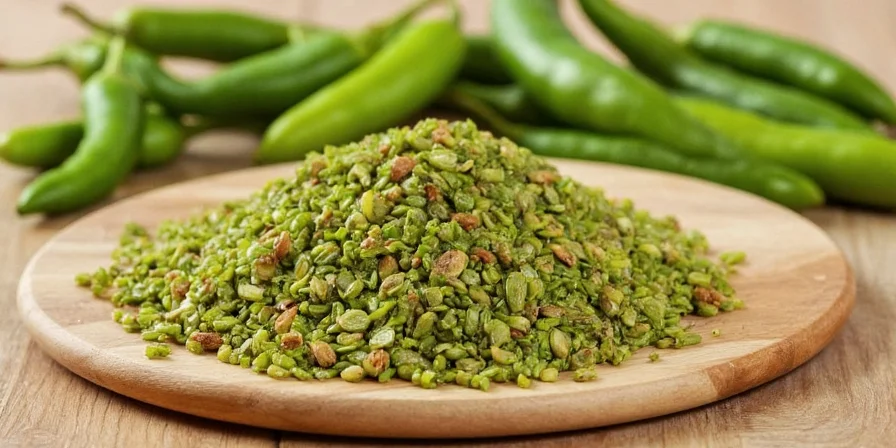
Green peppercorns are full of flavor and ready to shake up your next meal!
The Origins of Green Pepper Spice
Believe it or not, green, black, and white peppers all come from the same plant — Piper nigrum. But unlike its more mature cousins, green pepper is harvested early when the berries are still unripe. Traditionally used in French and Indian cuisines, green pepper has been adding zest to global dishes for centuries.
| Type of Pepper | Harvest Time | Flavor Profile | Common Uses |
|---|---|---|---|
| Green Pepper | Unripe (early stage) | Fresh, herbal, mild spice | Creamy sauces, marinades, pickling |
| Black Pepper | Ripe but sun-dried | Pungent, earthy, bold | All-purpose seasoning |
| White Pepper | Ripe, fully mature | Mellow, woody, less complex | White sauces, soups |
How Is It Different From Black and White Peppercorns?
The difference lies in maturity and processing. Green peppercorns are picked before they’re fully ripe and are often freeze-dried, brined, or air-dried. This early harvest preserves their bright color and fresh flavor. Black pepper comes from the same berry but is left to ripen and then dried, while white pepper is stripped of its outer shell after soaking.
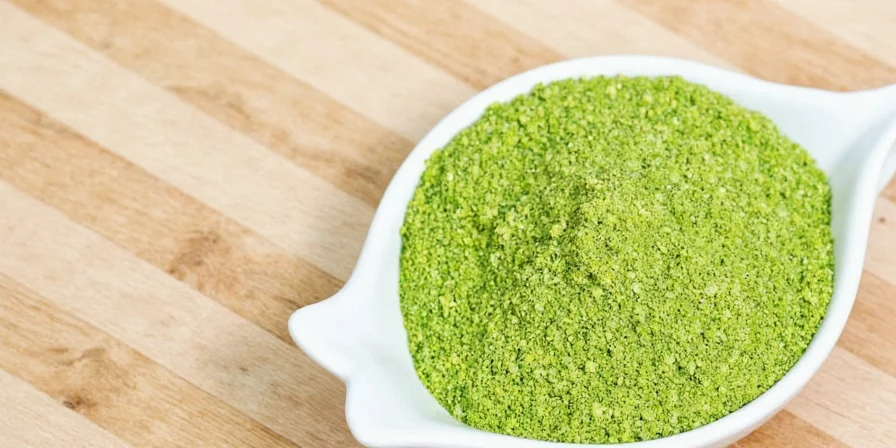
Green vs. Black — subtle differences with big impacts!
Creative Ways to Use Green Pepper Spice in Your Kitchen
Ready to jazz up your meals? Here are some fun and flavorful ways to use green pepper spice:
- Add crushed green peppercorns to creamy pasta sauces for a herby kick.
- Infuse them in oil or butter for a zesty base in sautéed dishes.
- Use whole peppercorns in pickling brines for extra complexity.
- Blend with lemon zest and herbs to create a vibrant marinade for chicken or fish.
- Grind them fresh into mashed potatoes or risotto for a surprising twist.
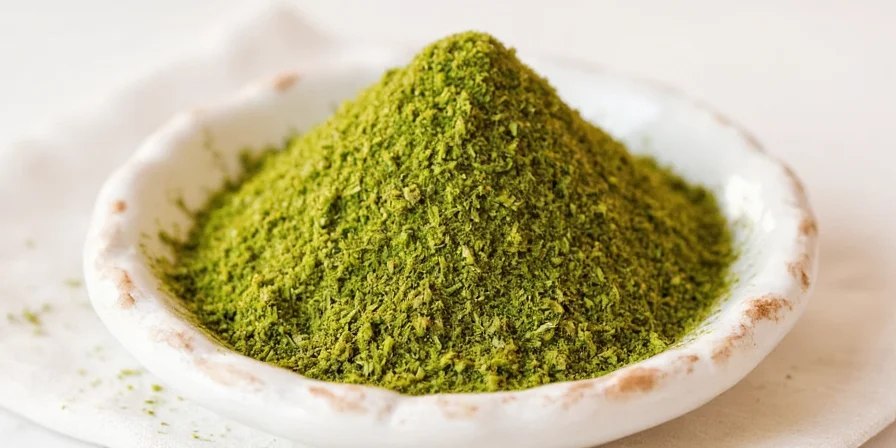
Sizzling with flavor!
Pro Tips for Cooking with Green Peppercorns
Here’s how to get the most out of green pepper spice without overpowering your dish:
- Crush them lightly instead of grinding to maintain texture and aroma.
- Add them early in cooking if using in oils or fats, but near the end if you want a fresher taste.
- If using dried green peppercorns, soak them briefly in warm water to soften their bite.
- Don’t overdo it — a little goes a long way with this spicy-savory herbaceous powerhouse.
What Flavors Go Best With Green Pepper?
Green pepper pairs beautifully with:
- Citrus (especially lemon and lime)
- Dairy (butter, cream, soft cheeses)
- Herbs like thyme, parsley, and dill
- Seafood, poultry, and pork
- Eggs, especially in shakshuka or scrambled style

Green pepper pairs well with citrus, seafood, and dairy-based dishes.
Buying and Storing Green Pepper Spice Like a Pro
When buying green pepper spice, look for plump, uniformly colored peppercorns. If opting for brined versions, ensure the liquid is clear and the scent is fresh. For maximum flavor, store them in an airtight container away from light and heat. Whole peppercorns will last up to a year, while ground versions should be used within 3–6 months.
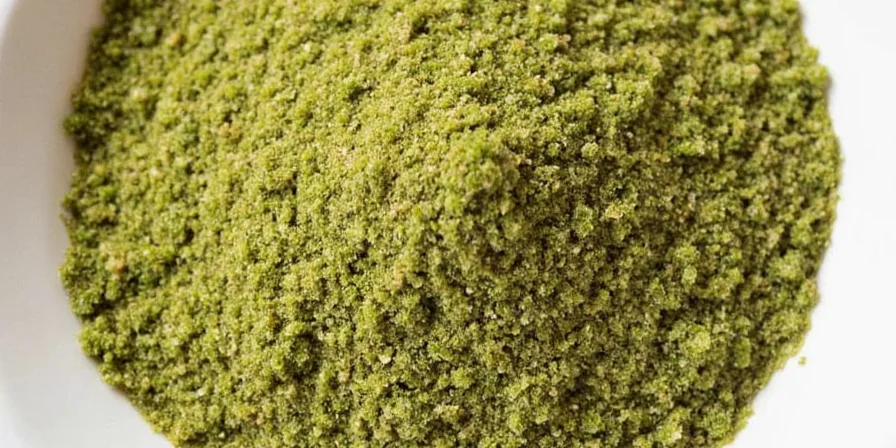
Store green peppercorns in a cool, dark place for best shelf life.
Health Benefits You Never Knew About
Beyond flavor, green peppercorns pack a nutritional punch:
- Rich in antioxidants that fight free radicals.
- Contains piperine, which may boost nutrient absorption.
- May aid digestion and reduce gas and bloating.
- Has anti-inflammatory properties that could support joint health.
Conclusion: Why Every Kitchen Should Have Green Pepper Spice
From its unique flavor profile to its versatility in cooking and potential health perks, green pepper spice deserves a prime spot on your spice rack. Whether you're a seasoned chef or a weekend warrior in the kitchen, this underappreciated spice adds flair and finesse without the fire. So next time you reach for black pepper, why not go green and let your taste buds explore something fresh, bold, and exciting?
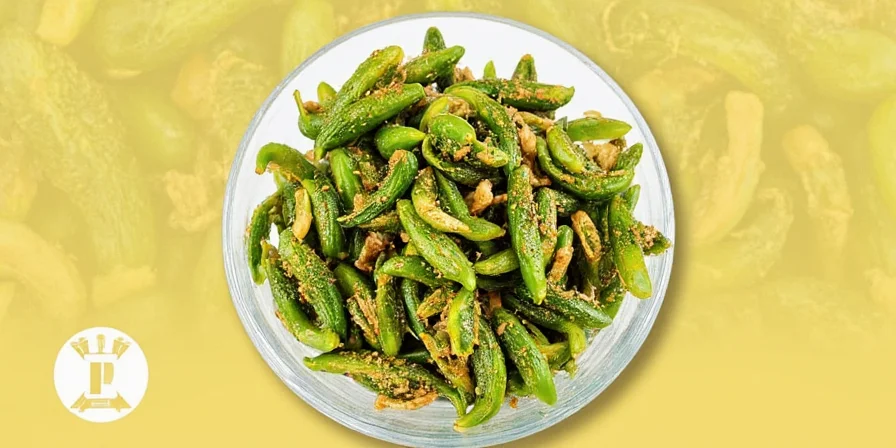
A sprinkle of green pepper can elevate any dish to the next level!

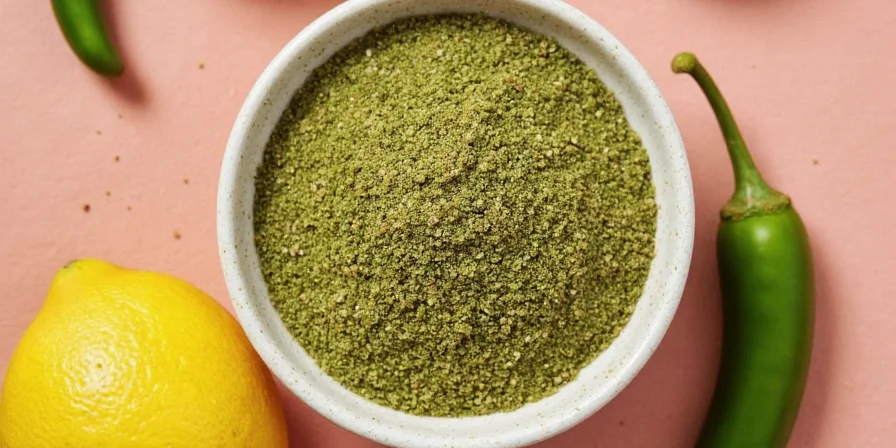









 浙公网安备
33010002000092号
浙公网安备
33010002000092号 浙B2-20120091-4
浙B2-20120091-4